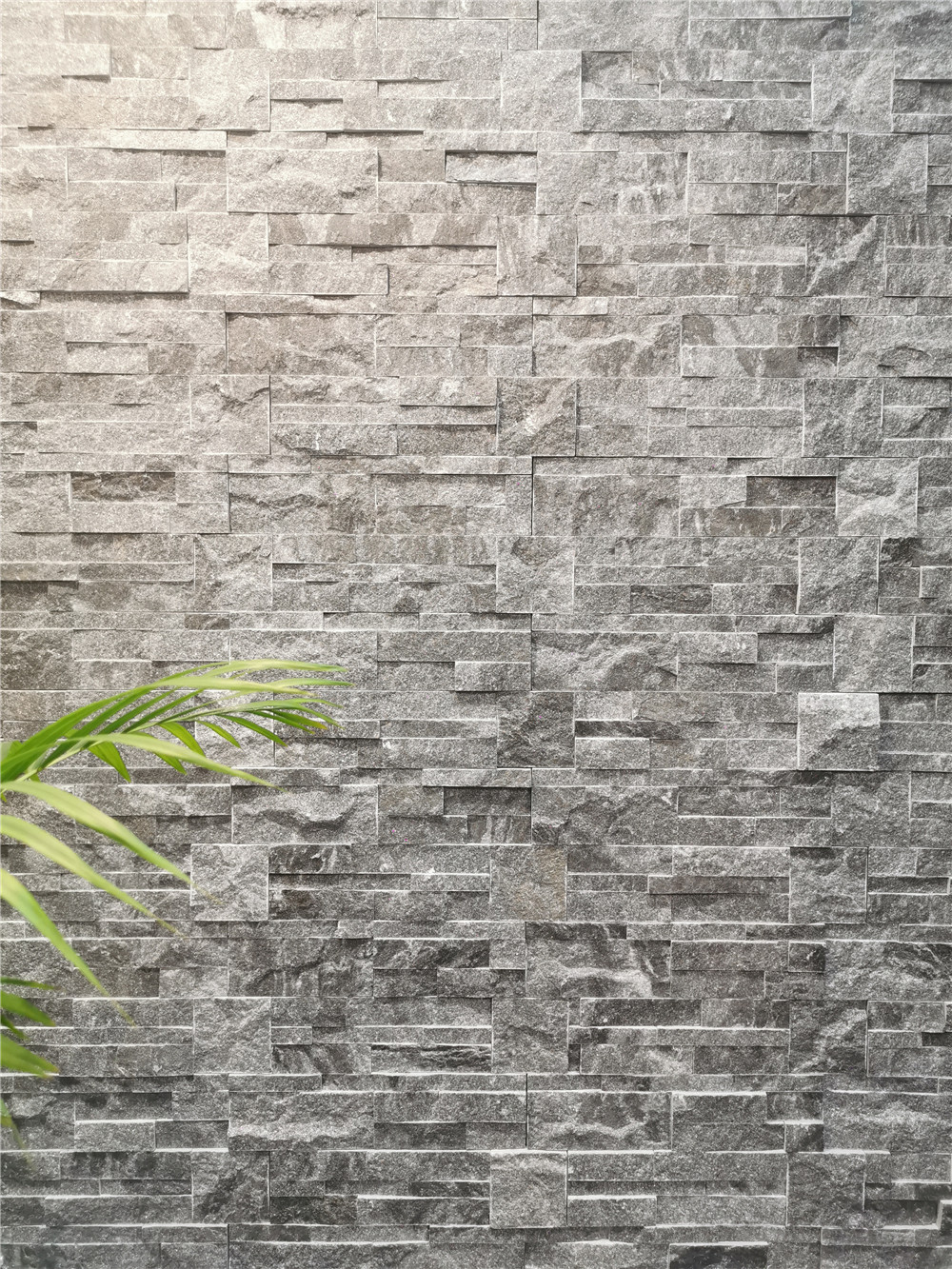Colonial Cultured Stone A Timeless Elegance in Modern Architecture
Introduction Colonial cultured stone is a versatile and durable building material that has been a popular choice for centuries. This unique stone veneer captures the essence of traditional Colonial architecture while offering the benefits of modern manufacturing techniques. In this article, we will explore the history, characteristics, uses, and benefits of Colonial cultured stone in contemporary architecture. History of Colonial Cultured Stone Colonial architecture in America is characterized by elegance, symmetry, and attention to detail. The use of natural stone in Colonial buildings was a sign of wealth and status, as it was a labor-intensive and expensive material to quarry and transport. However, with the invention of cultured stone in the mid-20th century, architects and builders were able to replicate the look and feel of natural stone at a fraction of the cost. Colonial cultured stone is made by mixing concrete with pigments, additives, and molds to create realistic stone veneers that mimic the appearance of natural stone. This innovation revolutionized the construction industry, allowing for the widespread use of stone in buildings of all sizes and budgets. Today, Colonial cultured stone is a popular choice for both residential and commercial projects, offering a timeless elegance that complements a wide range of architectural styles. Characteristics of Colonial Cultured Stone Colonial cultured stone is available in a variety of shapes, sizes, colors, and textures, allowing for endless design possibilities. From classic brick reds to weathered grays, Colonial cultured stone can be customized to match the aesthetic of any building. The texture of the stone can range from smooth and polished to rough and rustic, creating a dynamic visual impact on the façade of a structure. One of the key advantages of Colonial cultured stone is its lightweight nature, which makes it easy to install and transport. Unlike natural stone, which requires heavy equipment and skilled labor to handle, Colonial cultured stone can be installed by a single person using basic tools. This makes it an ideal choice for DIY projects or renovations where time and budget constraints are a factor. Another important characteristic of Colonial cultured stone is its durability and low maintenance requirements. Unlike natural stone, which can be prone to cracking, chipping, and discoloration over time, Colonial cultured stone is designed to withstand the elements and maintain its appearance for years to come. This makes it a cost-effective choice for homeowners and builders looking for a long-lasting and attractive building material. Uses of Colonial Cultured Stone Colonial cultured stone can be used in a wide range of applications, both interior and exterior. On the exterior of a building, Colonial cultured stone is often used to create stunning façades, accent walls, and chimneys that add character and charm to the architecture. The rich colors and textures of the stone can complement a variety of siding materials, such as wood, vinyl, or stucco, creating a cohesive and visually appealing design. In interior spaces, Colonial cultured stone can be used to create focal points such as fireplaces, accent walls, and kitchen backsplashes. The warmth and texture of the stone add a sense of coziness and sophistication to the room, making it a popular choice for homeowners looking to enhance their living spaces. Additionally, Colonial cultured stone can be used in outdoor landscaping projects, such as retaining walls, pathways, and garden borders, to create a cohesive and harmonious design that blends seamlessly with the natural environment. Benefits of Colonial Cultured Stone There are numerous benefits to using Colonial cultured stone in architectural projects. One of the key advantages is the cost-effectiveness of the material compared to natural stone. Colonial cultured stone is significantly cheaper to produce and transport, making it an affordable option for homeowners and builders on a budget. Additionally, https://www.fs-slate.com/what-is-stone-veneer-and-why-should-you-choose/ of the stone reduces installation time and labor costs, further lowering the overall project expenses. Another benefit of Colonial cultured stone is its versatility and customization options. With a wide range of colors, textures, and shapes available, architects and designers can create unique and eye-catching designs that reflect the individual style of the building. Whether replicating the look of a historic Colonial home or creating a modern interpretation of the style, Colonial cultured stone offers endless possibilities for creative expression. In terms of sustainability, Colonial cultured stone is an environmentally friendly choice for construction projects. By using concrete as the primary material, Colonial cultured stone reduces the need for quarrying natural stone, which can have a significant impact on the environment. Additionally, the durability and longevity of Colonial cultured stone mean that it requires minimal maintenance and upkeep, reducing the need for frequent replacements and repairs. Conclusion Colonial cultured stone is a timeless and elegant building material that combines the beauty of natural stone with the benefits of modern manufacturing techniques. With its rich colors, textures, and durability, Colonial cultured stone is a versatile choice for a wide range of architectural projects, from residential homes to commercial buildings. Whether used on the exterior façade, interior walls, or outdoor landscaping features, Colonial cultured stone adds a touch of sophistication and charm to any design. As architects and builders continue to explore innovative ways to incorporate traditional styles into contemporary architecture, Colonial cultured stone remains a popular choice for creating stunning and enduring structures that stand the test of time. 